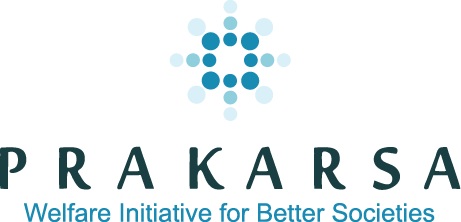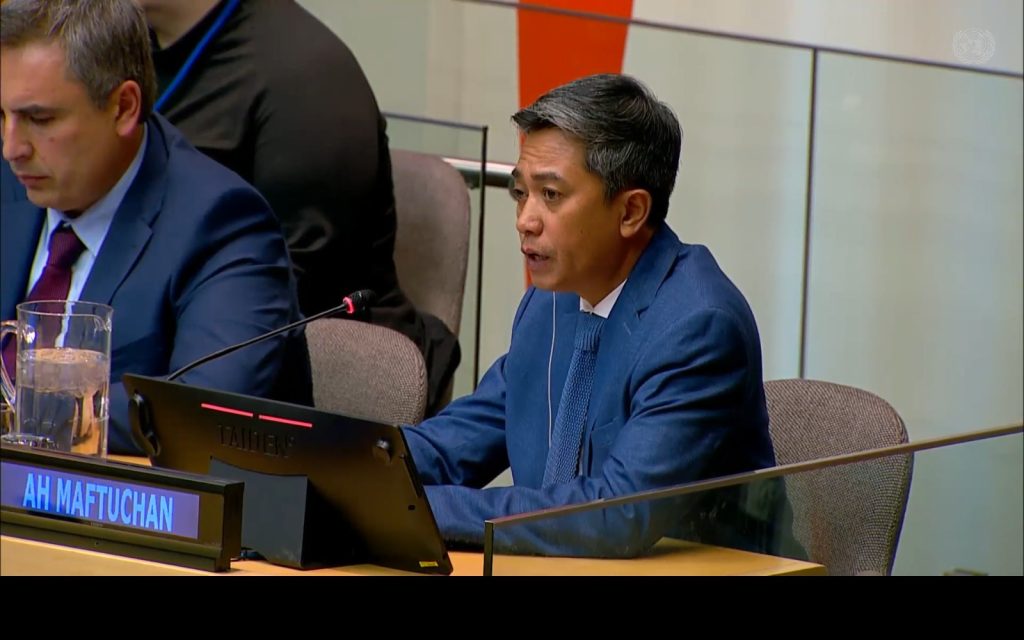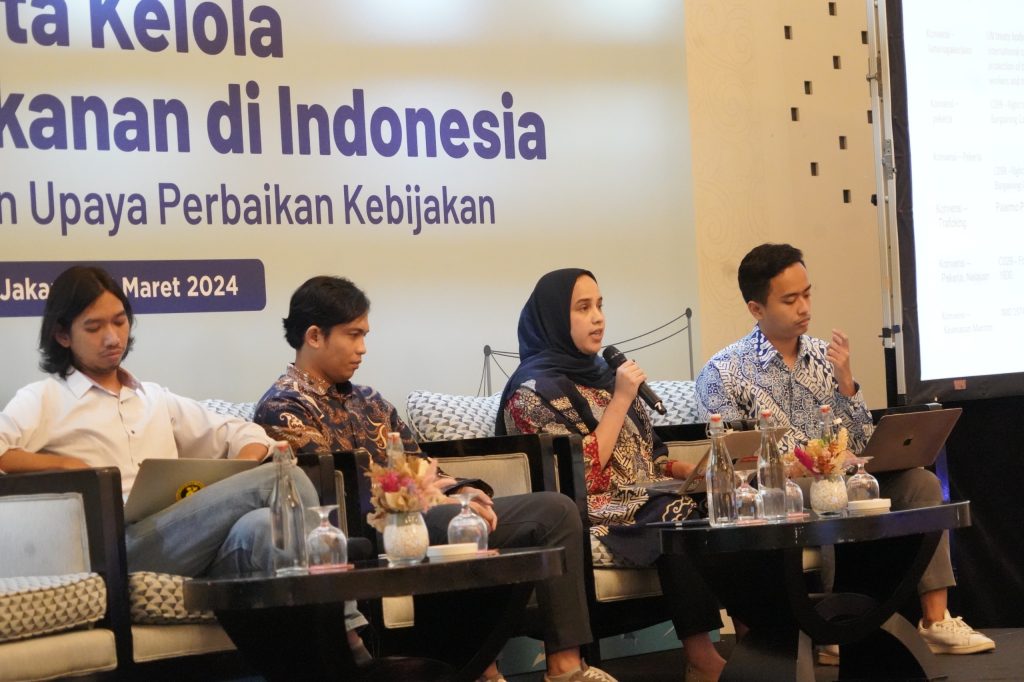
Civil society encourages OJK to apply the principle of just energy transition in implementing the Green Taxonomy
Jakarta - The implementation of the Green Taxonomy which was launched earlier this year by the Financial Services Authority (OJK) is considered to be in line with the principle of a just transition. It is intended that environmental sustainability and social and human rights principles in the energy transition process to clean renewable energy can be carried out properly.
The existence of the Green Taxonomy version 1.0 serves as a common guide to find out which economic activities are harmful and not harmful to the environment. The presence of the Green Taxonomy is expected to be able to encourage the acceleration of energy transition financing that supports environmental protection and mitigation efforts, as well as climate change adaptation, in line with Indonesia's commitment to net zero emissions.
Herni Ramdlaningrum, Program Manager of the Association Prakarsa, considers that the Green Taxonomy 1.0 issued by the OJK, emerged from an increase in global awareness regarding the importance of sustainability aspects. The financial industry itself is an important actor in achieving the climate change and sustainable development agenda. However, there are several important notes that need to be underlined regarding Green Taxonomy in Indonesia. “By using the “red light” label (red, yellow, green), the yellow sub-sector is considered a compromise and potentially misleading.” Herni explained.
According to him, Green Taxonomy 1.0 also still has weaknesses in terms of the dimensions of inclusiveness, gender equality, and human rights enforcement. "OJK must take a firm position regarding several sectors that are still labeled yellow because it will be counter-productive to its energy transition agenda." he explained.
Herni added, OJK is expected to have a clear timeframe to decide this, by seriously considering the social dimension. "Hopefully at this time, what is categorized as yellow (like coal) can turn red." said Herni.
Luthfyana Larasati, Senior Analyst of the Climate Policy Initiative, said that there has been an increasing trend of private sector participation in the green investment sector since the enactment of OJK Regulation No. 51/2017 on Sustainable Finance until the Green Taxonomy 1.0. According to him, the Green Taxonomy should have the opportunity to widen the scope of reporting on POJK 51 sustainable activities, because it has covered 919 sub-sectors in accordance with the Indonesian Industrial Classification Standard (KBLI).
Luthfyana explained, so far there are only 15 sub-sectors or business activities that are categorized as green, while there are 422 sub-sectors labeled yellow which means that they need to fulfill prerequisites to obtain financing and 482 labeled red, namely activities that damage the environment, meaning more than 50%. sub-sectors are considered not in line with Indonesia's climate goals and energy transition towards net-zero.
He gave an example, fossil industries such as coal are still included in the yellow and red categories. According to Lutfyana, the yellow label should be a condition where the sub-sector is still in a transitional period towards more sustainable economic activities. The existence of an AMDAL standard, for example, makes the tendency for this sub-sector to enter the green category. It is estimated that around 50% of the sub-sectors that enter yellow will turn green.
“In the future, green taxonomy needs to strengthen the determination of the sub-sector matrix and the threshold for its labeling. The goal is that the Green Taxonomy can truly be in line with the net zero commitment. By strengthening the consolidation and synchronization of the Green Taxonomy so that it can attract investment in the green sector and reduce the costs of verification and due diligence," he said.
Istiana Maftuchah, OJK Secondee for the Environmental Directorate of the Organization for Economic Co-operation (OECD), explained the results of the OJK's latest research report entitled "Assessing Progress of Indonesia's Financial Institutions Towards the Clean Energy Transition" which was conducted through quantitative and qualitative surveys of financial institutions in Indonesia. Indonesia.
The report's findings include that the disbursement of funds allocated by financial institutions such as commercial banks and infrastructure companies to renewable energy power plant projects increased during 2018 to Q1 2021, although coal remains the largest sector of power generation financing by banks. Bank financing for solar and wind technology is still very low. However, the survey results show that such financing schemes are relatively available for other renewable technologies such as hydro (in particular, mini and micro) and bioenergy.
“Surprisingly enough, the banks of the Core Capitalized Bank Group (KBMI) 4 (above IDR 70 trillion) and KBMI 3 (between IDR 14-70 trillion) based on the survey results allocate a much lower portion of their annual power plant loan disbursement for projects - renewable projects than KBMI 1 banks (core capital up to Rp 6 trillion)," he said.
However, the relatively high portion of loans allocated to onshore wind projects by infrastructure finance companies during 2018-Q1 2021 could indicate that efforts to encourage investment in wind are underway.
He explained that the Green Taxonomy was present as a development instrument for ecosystem components in sustainable finance, which was aimed at measuring the progress of implementing sustainable finance in the financial services industry. After the POJK, the financial industry has started to lead (to sustainable finance), but the majority is only at the level of awareness and capacity building.
“Currently OJK has prepared several sub-regulations related to risk management, related to climate through Standard Setting Bodies. We are also currently focusing on implementing the financial services industry reporting system related to this green taxonomy. The total target population is 2.158 throughout the financial services industry," said Istiana.



